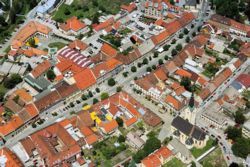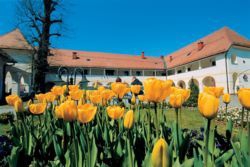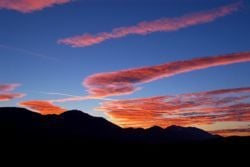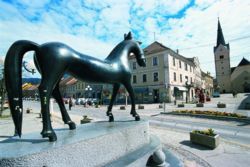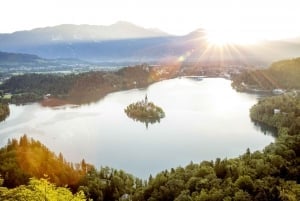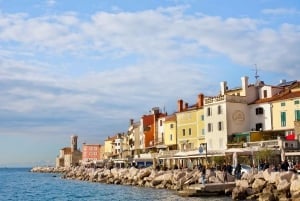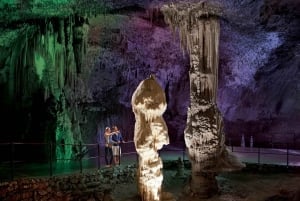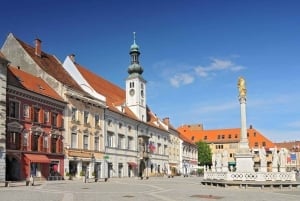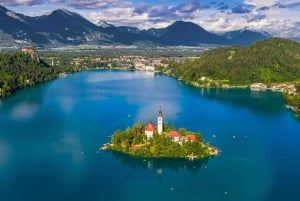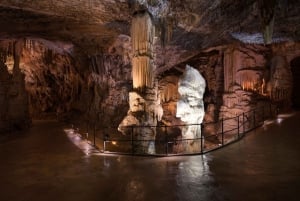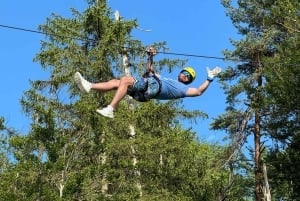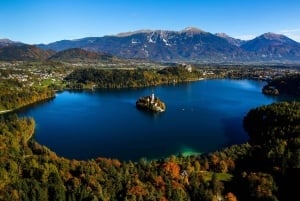Slovenj Gradec
Slovenj Gradec with surroundings
Koroška is considered the cradle of Sloveneness. Following the referendum of 1920, the greater part of Koroška (or Carinthia) became Austrian, with the result that the Slovenian Koroška region now consists of three valleys – the Meža, Drava and Mislinja valleys – and three mountain ranges – Pohorje, Karavanke and the Savinja Alps.
The centre of the region consists of the 'conurbation' of Slovenj Gradec, Ravne na Koroškem and Dravograd. The rural hinterland of the larger towns in Koroška is characterised by dispersed settlement. Koroška has the highest-lying farms in Slovenia. These are scattered across the entire region and generally consist of a single area of land extending around a farmhouse.
Unspoilt mountain areas and forests with a well developed network of roads and paths offer a wealth of opportunities to explore the peaks of Peca and Raduha, the expanses of Uršlja Gora, Olševa, the Smrekovec chain, the Western Pohorje or Kozjak, and the slopes of picturesque Alpine valleys. These areas are particularly attractive to hikers and mountain bikers. Koroška boasts the Slovenian Mountain Trail, European Long-Distance Walking Path E6 and numerous other themed trails, mountain paths and forest tracks leading to points offering the best views. The first mountain bike park in Slovenia was created here. Part of the international Drava Cycle Trail runs through a valley by the dreamy river Drava, while above it the Pohorje Transversal cycle trail runs across the ridges of the Pohorje range.
Pohorje is blessed with deep, dark forests. In winter the Alpine meadows are transformed into ski slopes. The largest ski centre of the Western Pohorje is Kope. Another ski centre, Ribniško Pohorje, lies nearby. The latter is home to the Sgerm Spruce, the tallest tree in central Europe. The highest-lying church in Slovenia can be found on Uršlja Gora. Below it, on the north slopes, is a ski centre which, together with the lake in the valley, forms the Ivarcko tourist recreation centre. Just under Peca, the highest mountain of the Eastern Karavanke, in whose bosom King Matjaž is said to sleep, extends a valley of unique beauty – the Topla Nature Park. The Najevnik Linden – the mother of all lindens in Slovenia – grows on nearby Ludranski Vrh, above which spreads Smrekovec, the only volcanic mountain area in Slovenia.
In previous centuries the area was a centre of mining activity. Today, the old mine in Mežica has been converted into a tourist mine and museum which also offers a unique opportunity to cycle through the mysterious, abandoned tunnels below Peca. The Drava Valley also offers the opportunity to experience another formerly very important commercial activity, when raftsmen transported timber down the river to far-off places. Raft rides for tourists are now run from two landing stages on the river – Gortina and Javnik. At the latter of these there is also a timber rafting museum.
The medieval town centre of Slovenj Gradec – a Peace Messenger City – is home to the Koroška Gallery of Fine Arts and the Koroška Regional Museum.
Numerous other collections and exhibitions can be found throughout the region. The picturesque and varied architecture of the churches and chapels that can be seen on practically every prominent hilltop in the region reflects a large number of specific local characteristics gives the landscape of Koroška its distinct identity and makes it one of the culturally most attractive parts of Slovenia.
Natural, local and traditional are three words that describe the cuisine of the Koroška region. Particular mention should go to the region's tasty black bread and rye bread and the excellent mošt, a local form of cider made by fermenting the juice of traditional varieties of apples.
Find out more about Slovenj Gradec - connect with us on Facebook!


